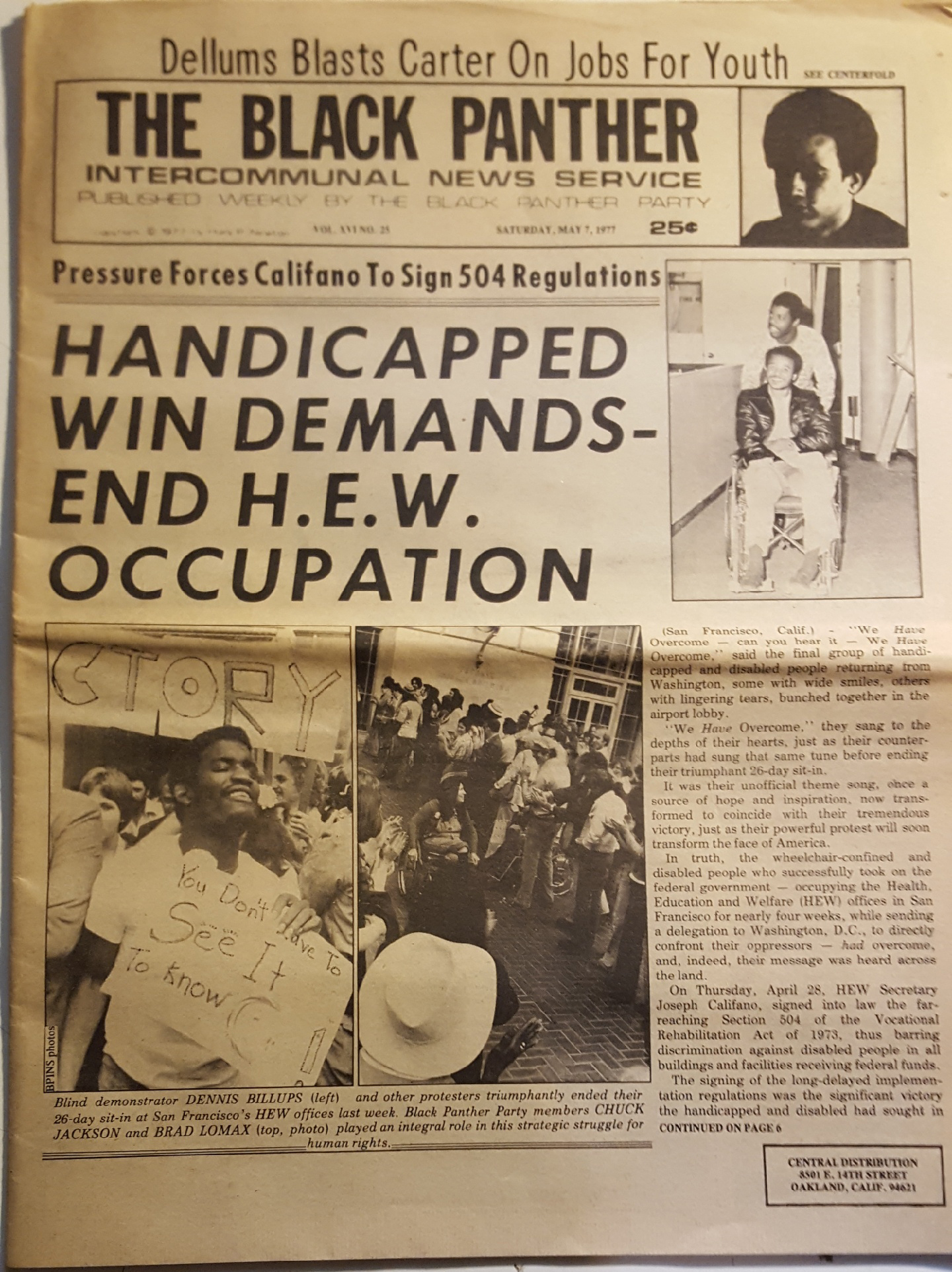Wendy Harris teaches at Metro Deaf School in St. Paul, Minnesota. She has been a classroom teacher for Deaf students of all ages since 2003 and currently splits her teaching duties between high school social studies and teaching braille and other skills to the school’s DeafBlind students ages 2-21.
Re-post of the lesson introduction from February, 2021
This school year [2020-2021], many teachers are analyzing our classrooms, curriculum, and teaching methods in light of the uprisings of last summer [demanding racial justice after the killing of George Floyd by police]. In my Minnesota classroom, I am doing the same thing. I am also passionate about using primary sources in my classroom and about helping my students, who have a wide range of identities and academic skills, see themselves as changemakers in their communities.
As part of an Emerging America course, I created a civics lesson with a focus on intersectionality. This lesson is designed to help students analyze tactics used by activists to make change. In doing so, I chose the case study of actions taken in 1977 by activists with disabilities who occupied a federal building in San Francisco, pressuring the government to enact section 504 of the 1973 rehabilitation law prohibiting any federally-funded activity or program from discriminating against people with disabilities. Disability history is rarely included in US civics and history courses. I recently reviewed the social studies standards in all 50 states, Washington, DC, 5 US territories, and the Department of Defense Education Activity (DoDEA), as well as the C3 standards. I found that the word disability/disabled/disabilities appeared in history or civics standards just 27 times (in 11 states and Washington, DC), and the Americans with Disabilities Act is included solely as an example within a standard in 3 other states and the DoDEA. Disability history does not appear in California standards themselves, but the accompanying framework includes multiple ways to include disability history. However, when researching the 1977 protests, I found a common focus on White leaders. I decided to include the ways the Black Panthers worked with the San Francisco activists to analyze the intersectionality of the activists and interrelated systems of oppression. (Link to pictured article in The Black Panther.)
Black History Month, like all days/weeks/months focused on a single identity can have a mixed impact. The typical curriculum in US schools still is focused on White history, so having a spotlight on Black history can be important in the effort to better reflect the reality of the country’s history. However, this spotlight too often focuses on superficial biographies of a few people who have been put on a pedestal. For instance, Black history month is too often about Martin Luther King, Jr. (who had a dream––but we don’t analyze that entire speech or the entirety of his life’s work) and Rosa Parks (as a tired seamstress who didn’t feel like getting up, rather than as a woman who led a life of decades of activism). By focusing on one particular event and person, without context, we deny students the opportunity to see how many people were involved in movements to make change and oversimplify what they were working for.
We also deny intersectionality. We all have multiple identities that impact how we experience the world. Our students are Black and also of various genders, sexual orientations, cultural backgrounds, religions, abilities, etc. Our students with disabilities are also of various races, genders, sexual orientations, cultural backgrounds, religions, etc. Teaching at the intersection of these identities helps students be recognized as full and complex humans and also helps them understand themselves as full members of society.
For example, when we teach about disability history with a White focus or about Black history with an able-bodied focus, we erase many people who were and are actively involved in making change. Telling the story of the 1977 actions to get the government to enforce section 504 of the 1973 rehabilitation law can be enhanced by including the Black Panthers and their work in support of these actions. Teaching about Black activism can also be enhanced by teaching about the important role Black organizers have played in efforts to overcome exclusion and gain rights for all, with concerns that go far beyond race.




